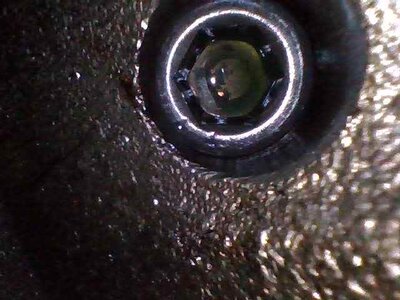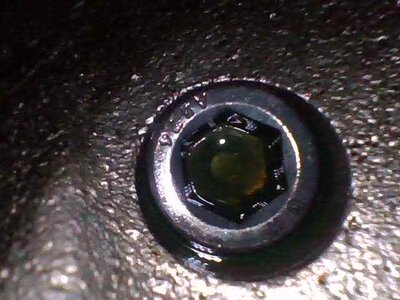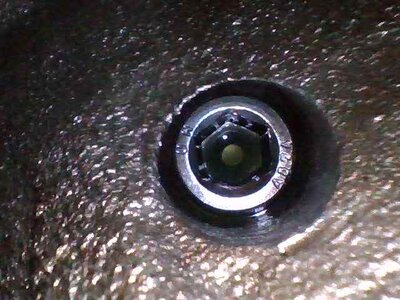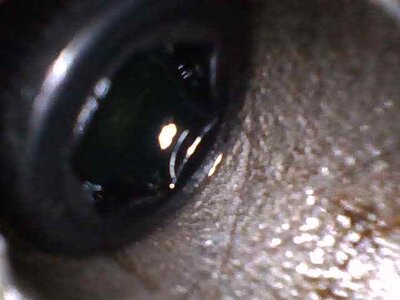Ok first let me say that those awesome max wedge exhaust manifolds leave much to be desired when it comes to getting a compression tester in all the holes! If it wasn't for my wifes tiny hands it would never have happened.
All tests were performed twice, cold engine since I have parts off and can't start it to warm it up. Considering the engine supposedly only has 2500 miles or so on the rebuild done in 2004, the results appear to be exactly what I would want to see?
All 8 cylinders tested dry at 145-150 exactly (almost as if I was testing the same cylinder 8 times), and wet test did not change them at all (maybe a needle width). Yes this engine is 413, 60 over, 10:1 compression, 509 cam.
So I don't think it is rings, valves, or head gasket. Combustion gas test and pressure leakdown test on cooling system also passed multiple times and did not indicate a head gasket issue).
So that leaves only the the things on the engine that I actually changed and the facvtory PCV system.
1. I replaced the two carter 3705 carbs that were leaking fuel into the intake like crazy with two that I built using three expensive used ones. This resolved the fuel in the intake issue, made idle mix adjustments actually work, and of course ran and idled smoother without the extra fuel.
2. I replaced the MSD distributor with a Summit 851018 with vacuum advance. Set static timing at 12*, vac advance beings it up to about 30* at idle and lets it idle at 1100, and drop in gear without stalling.
3. I added a holley fuel pressure regulator and set it for 5.5 lbs because I thought the factory pump putting out 6.5 was too much and causing the flooding into the intake.
Car never smokes until it is driven down the road about a mile and half, then it smokes even idling when I get home. BUT if I turn off the key and restart immediately the smoking stops completely. Exhaust does not smell of oil like an oil burner car does, and also does not really smell like fuel, but as seen in the video smoke seems to be a mix of white/gray/blue.
The only things I can come up with as a cause for the smoking are:
1. Fuel pressure regulator is bad and lets too much pressure through after driving it for a bit, makes it run rich but resets on restart. I guess I can take it down the road and then when I return while it is smoking check the fuel pressure? Maybe it is causing an issue with the stock carter fuel pump?
2. Vac advance is doing something at speed under load that causes the smoke? Sticking, adding too much advance at part throttle? Would detonation or incomplete burn cause the smoking you see in the video? Would it reset after restart making the smoke go away? When I get it back together I guess I will try a test drive with vac adv disconnect and see what happens
3. PCV system is factory and brand new, there is no sign of oil on valve or hose. If it was not working correctly could this cause the smoke? I bought a Wagner adjustable valve but have not installed it yet.
Thanks!




















